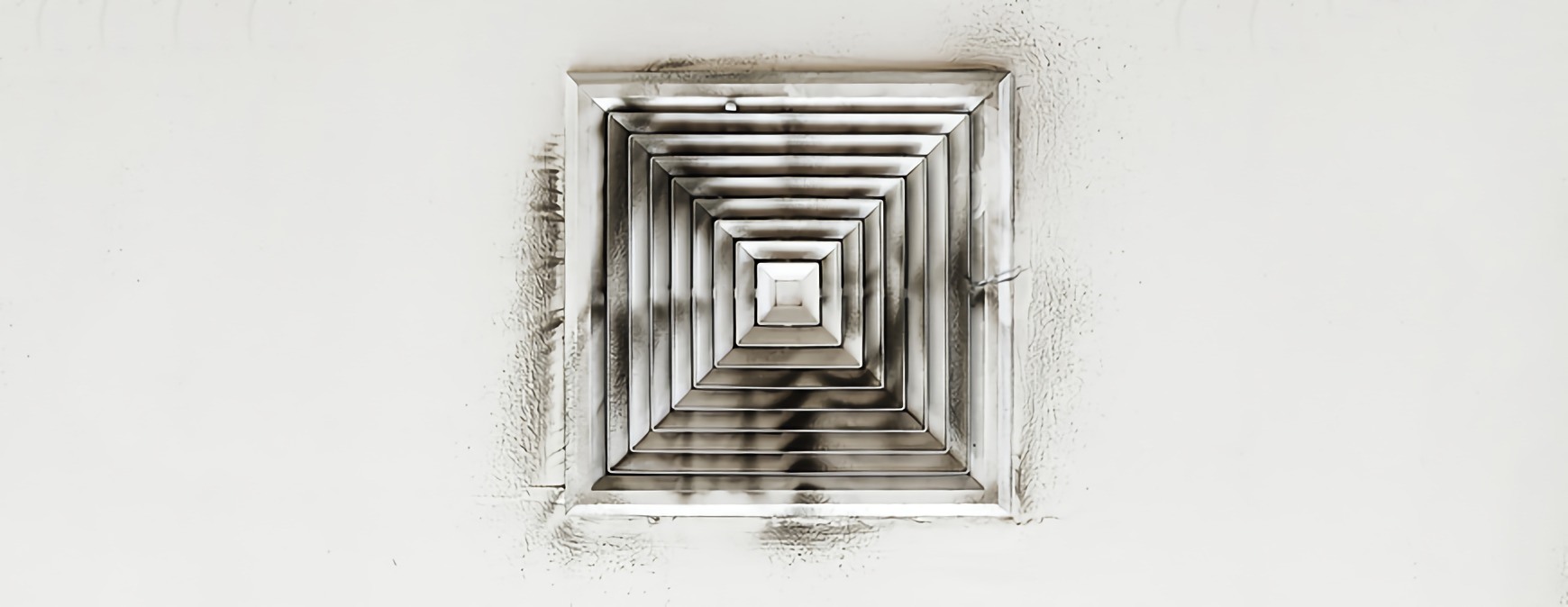RSI is a Great Training Option for Everyone
Learn more about how we can prepare you to advance your career.
We know the importance of food and water, but we don’t always think about the importance of air quality. Unfortunately, aging buildings and budgetary restraints can result in poor indoor air quality in schools. 1 Since HVAC technicians have the knowledge to eliminate or reduce sources of pollutants in schools, they could help promote healthy indoor environments for students. 2
What Is Indoor Air Quality (IAQ)?
Indoor air quality, or IAQ, is a measure of how the state of the air in a building affects the comfort, health, and efficiency of the people inside. The most important factors that help determine the quality of air in a building include the purity, velocity, temperature, and humidity of the air. 3 While the Environmental Protection Agency (EPA) doesn’t regulate indoor air quality, it does provide information and resources on how to maintain healthy IAQ.
Why Is IAQ Important to Schools?

The EPA reports that indoor air pollutants may be anywhere from two to five times higher than outdoor levels of pollutants. In some cases, indoor pollutants can be as much as one hundred times higher than outdoor levels. Because people spend almost 90% of their time indoors, this increased level of exposure may exacerbate health conditions, such as asthma. Asthma is a respiratory ailment that affects nearly one in thirteen school-aged children and that is accountable for the majority of school absenteeism related to chronic illness. 4 Poor IAQ in schools can lead to lifelong health issues for them and to lower academic performance. 5
Identifying & Addressing IAQ Problems

Get Started on the Path to a New Career
Fill out our form to learn how we can help you change your life.
Identifying the sources and pathways of indoor pollutants through surveys can be the first step in improving indoor air quality. 6 Questions HVAC professionals might ask to root out pollutant sources include the following: 7
- Is there a preventive maintenance schedule in full operation, and is the schedule in compliance with the recommendations of the HVAC system manufacturer?
- Does the preventive maintenance schedule include air filter and belt changes, equipment lubrication, checking motors, and ensuring other equipment operation?
- Are damaged parts of the HVAC system replaced or repaired as needed?
- Does any part of the HVAC system with standing water have microbial growth?
- Are any microbial growth contaminants taken out of the humidifiers, ducts, and other HVAC components along with carpets and ceilings?
- Is the HVAC system checked when CO2 levels reach more than 1,000 parts per million?
- If the outside temperature is 68 to 79 degrees Fahrenheit, is the HVAC system checked and repaired if it is not operating properly?
Promoting Healthy Learning Environments
Maintaining indoor air quality in schools can help promote healthy learning environments for children. By completing an HVAC program, you could position yourself well within this growing industry to assist in fixing a very real problem in our society: indoor air pollutants that cause sickness and low academic performance among children in U.S. schools.
Additional Sources
1 – http://www.healthyschools.org/downloads/IAQ_Guide.pdf
2 – Title: Fundamentals of HVAC; Authors: Carter Stanfield and David Skaves; Air-Conditioning, Heating, and Refrigeration Institute; Second Edition; Textbook page 1080
3 – Title: Fundamentals of HVAC; Authors: Carter Stanfield and David Skaves; Air-Conditioning, Heating, and Refrigeration Institute; Second Edition; Textbook page 1080
4 – https://www.epa.gov/iaq-schools/why-indoor-air-quality-important-schools
5 – http://www.healthyschools.org/downloads/IAQ_Guide.pdf
6 – Title: Fundamentals of HVAC; Authors: Carter Stanfield and David Skaves; Air-Conditioning, Heating, and Refrigeration Institute; Second Edition; Textbook page 1080
7 – http://www.cdc.gov/niosh/docs/2004-101/chklists/6indoo~1.htm
This blog has been labeled as archived as it may no longer contain the most up-to-date data. For a list of all current blog posts, please visit our blog homepage at https://www.rsi.edu/blog/




